Interview by: Kirstin Scholtz / All Images by: © Drew Hamilton
Drew Hamilton has been fighting the threat of Pebble mine in Alaska’s Bristol Bay region for over a decade. A wilderness guide, and President of not-for-profit Friends of McNeil River, Drew has spent thousands of hours in this pristine wilderness, in the company of what many would consider Alaska’s most iconic species, the brown bear. Recently, a new aspect of the proposed Pebble mine has emerged, the company plans to build a port at Cook Inlet, which directly threatens the land and brown bear habitat Drew worked tirelessly to protect.
We caught up with Drew to find out what’s at stake if a mine of this magnitude were to go ahead.
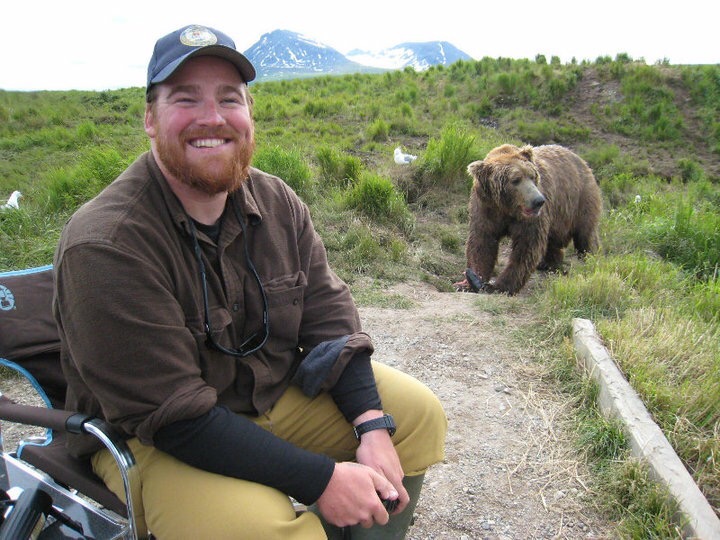
Drew Hamilton is a wilderness guide and President of Friends of McNeil River. Photo: © Drew Hamilton
WildArk: McNeil River is renowned as having the highest density of brown bears in the world. Is it true you have to win a lottery to visit?
Drew: Yes! In the 1960s, most of this state was open to bear-hunting. During this time an Alaskan state legislator decided that it would be nice if there were a place where bears could just be bears, so he closed it off and made it a sanctuary. It is now the most protected parcel of state land in Alaska, where the needs of the bears come before all else.
WildArk: What does this area and the threat of the Pebble mine mean to you?
Drew: What is so amazing about the Alaskan Peninsula is how accessible this pristine wilderness is. You drive to Homer, get on a floatplane, fly for an hour, and you are in the wild. We only have a few truly wild places left! Throw this away, and you wipe out a fishing industry, a bear-viewing industry, and our native cultures that have existed here for 10,000 years. It’s painful, and it is what keeps me up at night!

WildArk: How has the Pebble threat changed?
Drew: The Pebble fight has been going on for so long, and we thought we had it beat in the last administration. Then, when the Trump administration came along, they decided that in addition to building the world’s largest open-pit gold and copper mine, they also want to build a port 11 miles from the largest congregation of bears, anywhere on Earth.
WildArk: Can you explain how the Army Corps of Engineers fits into the process to approve the mine?
Drew: The Army Corps of Engineers is the first permitting agency in the permitting process. It has to go through their offices to determine whether the project can be done safely, without impacting on an existing industry like fishing, traditional ways of life, or the bear-viewing industry. They put out a call for everyone to comment on their environmental impact statement document.
WildArk: What is an Environmental Impact Statement, and where does it stand at the moment?
Traditionally, an Environmental Impact Statement looks at ways that a project of this magnitude would impact the environment. Under the Obama administration, the Environmental Protection Agency (EPA) went in, at the request of tribes in the area, and put together a lot of scientific analysis of the impact of this project on the fishery. The findings were that no way could the largest copper mine in the world, and the largest sustainable fishery in the world, co-exist without negative impacts on the fishery.
When the administration changed over to the Trump administration, it was decided that not only was the project back on, but it was going to be fast-tracked and, they were throwing out all the EPA’s data. All the things that we determined made this unsafe, we no longer have to consider in our permitting process.
WildArk: What does Pebble’s current proposal look like?
Drew: Pebble have now put forth their actual plan (before it was just theoretical) and it now includes a mine, a road corridor that goes through the best bear habitat in the world, an industrial port, and a power plant that’s big enough to power a city of 300,000 people. They are also proposing a shipping corridor and pipeline that goes all the way to the Cook Inlet. In total, we are looking at a 400 km gash in brown bear habitat from Lake Iliamna through to the Kenai Peninsula.
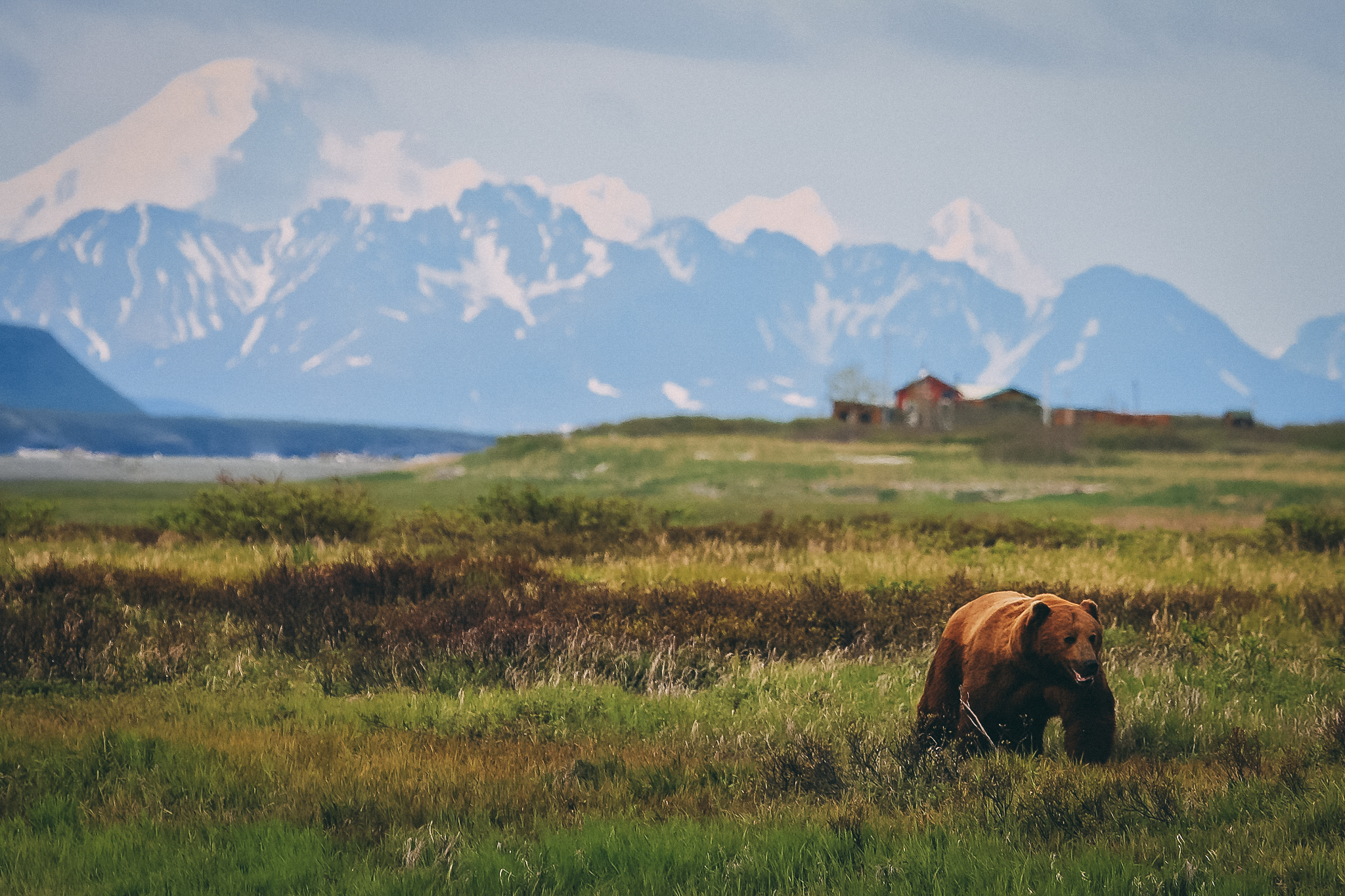
WildArk: Why do you feel bears are so integral to this fight?
Drew: People have been listening to the Pebble fight for so long, but suddenly you introduce the planet’s greatest charismatic megafauna, and it is something people who are not interested in fish or other things can rally around. We are at a tipping point, and our message is resonating.
WildArk: Is there any actual data regarding bear movements across this area?
Drew: There is so little official data. If you asked the Alaskan Department of Fish and Game, which is the agency in charge of all wildlife in Alaska, about bear movements, they have anecdotal evidence, but they don’t have hard data. It just hasn’t been done. They don’t even have the most accurate population estimates. Bears in this remote area are hard to count. A lot of the data is coming from people like me who spend 1000 hours out there every summer trying to figure out where these bears go. The fact is, Bears are seasonal, they will cross mountains to utilise the abundance in different areas. It is mind-blowing.
WildArk: How does the Army Corps of Engineers propose to quantify the impact on brown bears?
Drew: They are saying we only have to study them three miles from the impacted area. They are not even willing to do enough background research to have baseline data. That’s how appallingly insufficient their proposal is. I have over 10,000 hours watching bears on the Kenai Peninsula, and I’ll tell you, they travel hundreds of miles in the course of the summer, to utilise seasonal food sources.
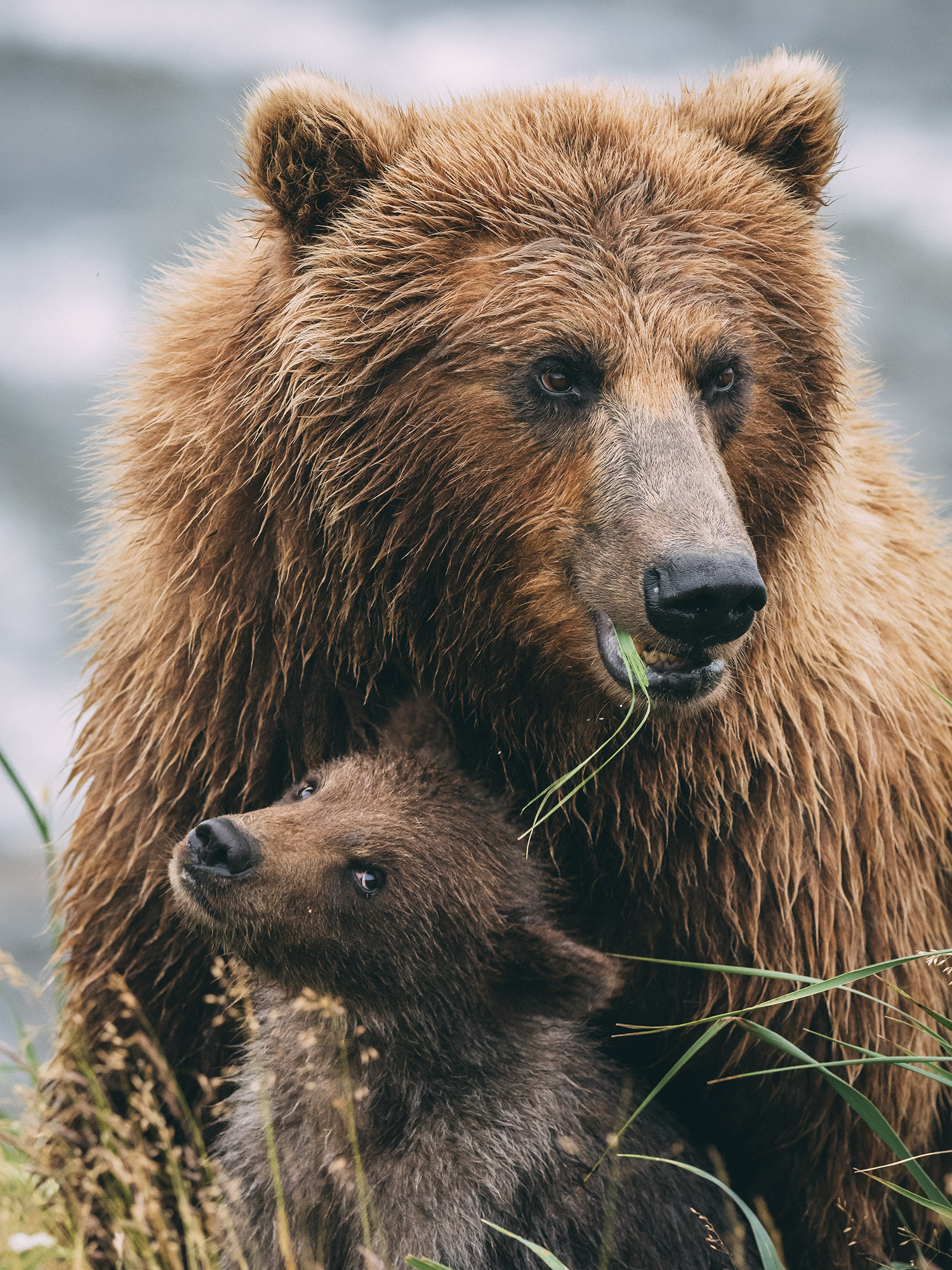
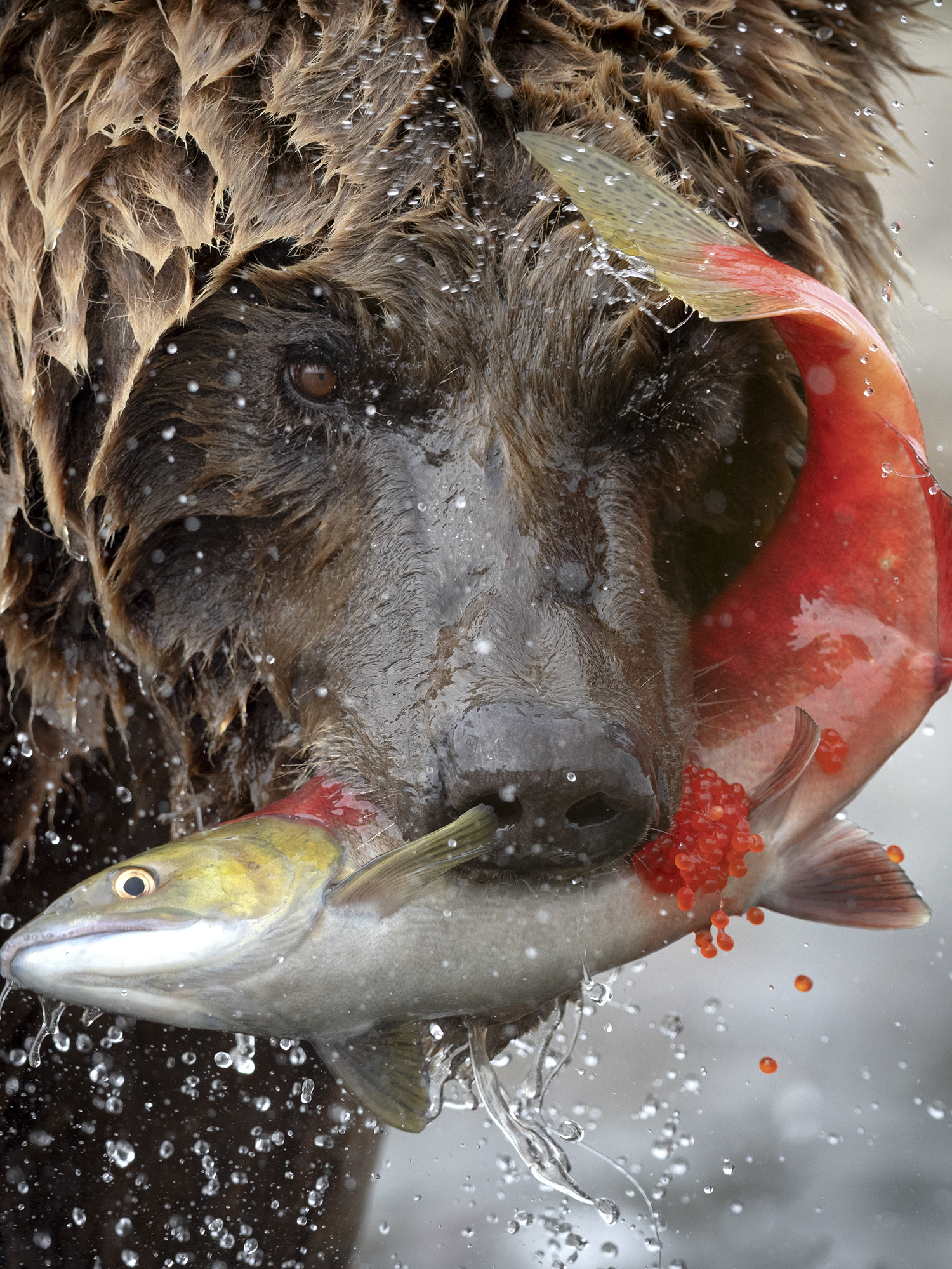
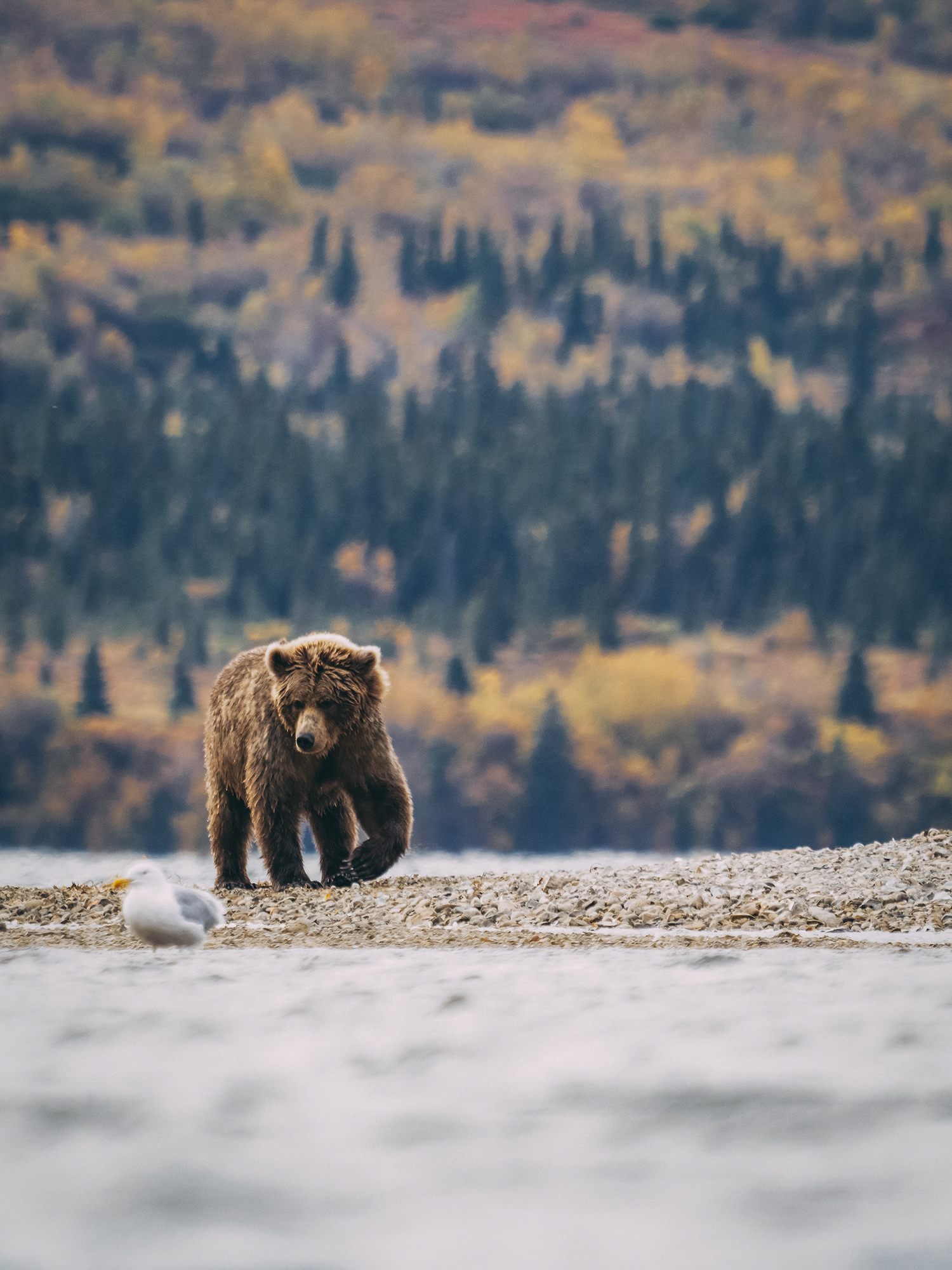
WildArk: How has COVID-19 impacted the fight?
Drew: Everything in Alaska is a bit more complicated than other places. You have all these remote villages and people who are living in their traditional ways of life. It is not what most Americans do, so it’s hard for people to wrap their heads around. When we say we are looking at shutting down the fishery in Bristol Bay, it is an earth-shaking proposal. Alaska is looking at being locked down for longer than everywhere else because if the virus gets into the villages, there is no coming back from it.
A lot of the tribes out in Bristol Bay are co-operating partners with the Army Corps of Engineers. They are supposed to submit comments because this project would affect them the most directly. But, instead of giving them more time to comment and defend their way of life during the lockdown, the Army Corps of Engineers are saying you need to comment within this specific timeframe. They are being forced into a choice between commenting to the Army Corps of Engineers or figuring out how they are going to feed their family.
WildArk: Would you say the majority of Alaskans are opposed to the mine?
Drew: Yes, I have sat through a couple of days worth of public testimony and, if you break it down, around 75% of the people in this state are opposed to this project. We don’t put up with stuff like that here.
WildArk: What can people do to help stop this mine from going ahead?
Drew: It is going to take all of the people who genuinely value wild places and wildlife to step up and say something! We are trying to get people to write to their governmental representatives on a federal level. For non-Americans, help us raise awareness by telling your American friends. Once borders are open, come to Alaska. We pride ourselves on our wilderness and our abundance of bears, and we want to share it with you!
US residents take action HERE by contacting your legislators directly.
Watch the film Pebble Redux HERE to learn more.
Learn about WildArk’s Grizzly Plains Conservancy in Bristol Bay
